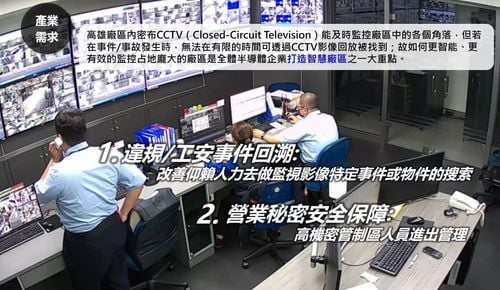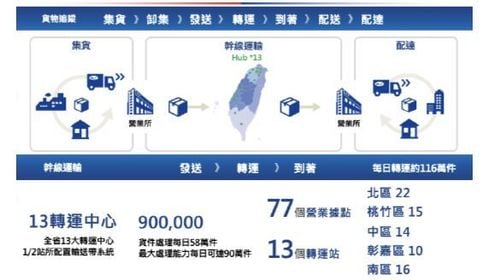【2020 Application Example】 AI Fingerprint Recognition Model, Using AI to Digitize and Recognize Fingerprints at the Scene, Making Case Investigation More Immediate!
Accurate and fast fingerprint identification, restoring innocence to the innocent
'Fingerprints' are one of the indispensable pieces of evidence at crime scenes. At such scenes, numerous fingerprints are collected, including those of victims, related persons, and suspects. After forensics collects 'suspicious fingerprints', it is crucial to exclude 'related persons' or 'victims' to prevent matching innocent individuals and thus, wasting forensic resources.
Initial fingerprint evaluations are labor-intensive and time-consuming
According to a certain city's annual police statistics report for 2018, there were 43,558 criminal cases. Automated Fingerprint Identification Systems are expensive to set up (the NEC fingerprint recognition system currently used domestically can cost tens of millions). As such, investing huge assets solely for fingerprint exclusion is not feasible. Thus, forensic officers continue to manually compare fingerprints with the naked eye for exclusion, and only after exclusions are confirmed, the excluded items are logged into the 'Crime Scene Investigation and Evidence Room Management Information System' for future control before matching the fingerprints of 'suspected criminals'.
Based on current case data statistics, 90% of crime scenes involve 1 to 2 related persons and 1 to 5 suspicious fingerprints collected. For a scenario with one related person and three suspicious fingerprints, it takes 1.5 to 3 hours to complete the exclusion process. Considering the number of criminal cases in 2018, the exclusion process alone consumes a significant amount of time.
AI fingerprint reading leaves no place for criminals to hide!
The 'AI Fingerprint Recognition Model' developed jointly by Xinyang Technology Ltd. and Glory Technology AI team imports all fingerprint evidence collected by forensics at the scene into the 'Crime Scene Investigation and Evidence Room Management Information System'. Then, 'AI fingerprint comparison' is executed. The AI fingerprint reading program automatically detects fingerprint areas and extracts features. The system annotates the results based on the reading, confirming if the item can be 'related person excluded'. With AI, identification can be completed in just 2 to 3 seconds per case, making the fingerprint matching process at the scene faster and more automated.

▲ The process of excluding related persons accelerates the forensic timeline
Integrating and establishing an electronic fingerprint database continues to optimize the AI fingerprint recognition model, enhancing case handling efficiency!
Through integrating and establishing an electronic fingerprint database and utilizing AI for fingerprint recognition, case handling efficiency can be significantly improved! The part of 'Fingerprint Database Integration' usually involves managing cases within a city's jurisdiction. To achieve horizontal linkage of fingerprints across all of Taiwan, it is necessary to integrate data from various municipalities, which can substantially improve the effectiveness of fingerprint technology in handling cases.
Additionally, 'Fingerprint Cards can be digitized'. Currently, fingerprints are directly pressed onto paper, then scanned into digital files for subsequent processing. If it were possible for individuals to directly press their fingerprints onto electronic collectors immediately, this would greatly enhance the timeliness of subsequent digitization.
The successes of this 'AI Fingerprint Recognition Model' are currently usable for police officers, but there are several aspects that continue to be optimized: including 'Execution Speed,' especially when used across different cases, and 'Accuracy of Judgment,' since the current AI model provides a basis for the manual judgment of police officers. Continuously fine-tuning the technology to ensure a consistent accuracy level could make it feasible to fully automate the exclusion process of related person's fingerprints.
「Translated content is generated by ChatGPT and is for reference only. Translation date:2024-05-19」


